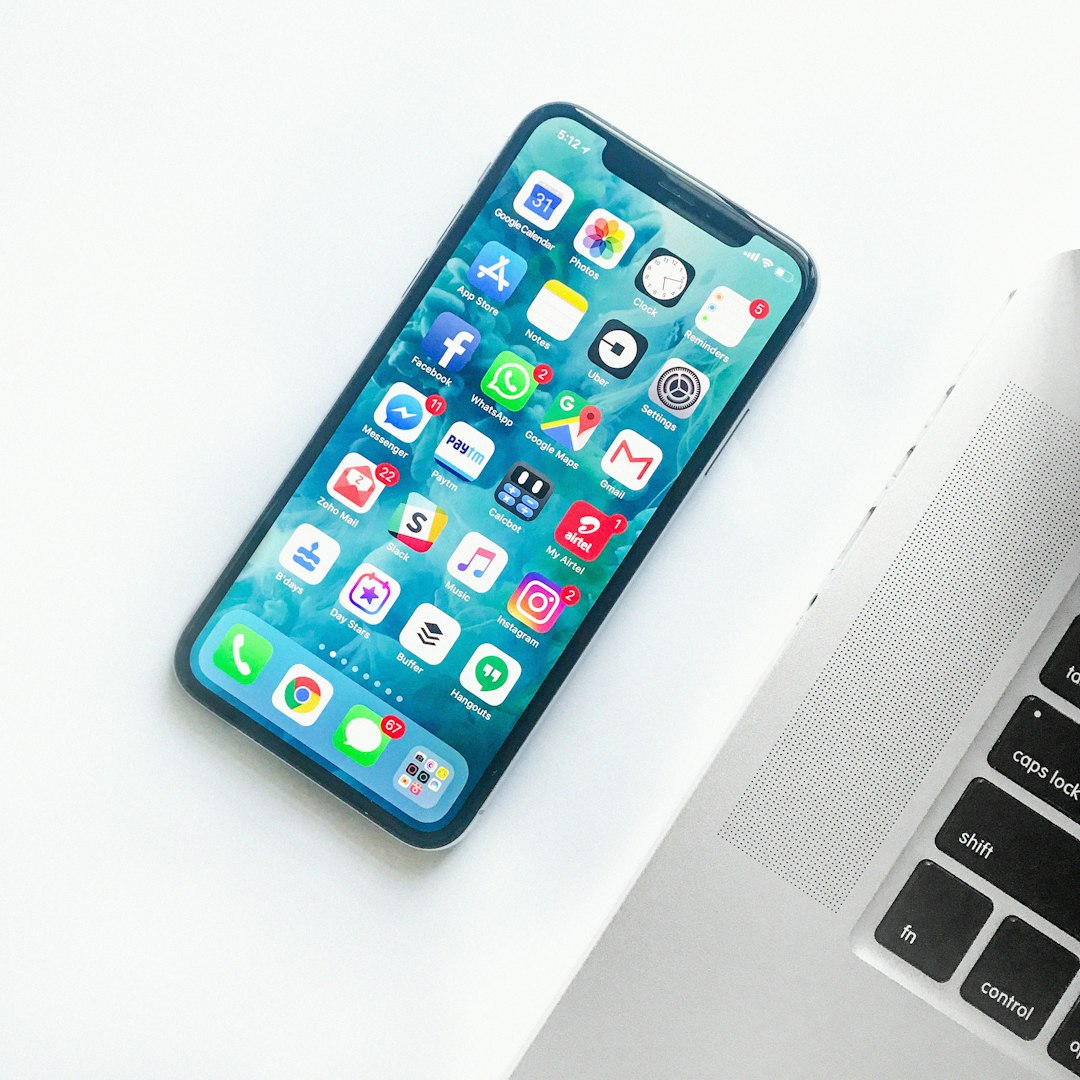In South Dakota, robocalls, including those from robocall lawyers, are regulated by laws like TCFAP to protect residents. To combat them, consumers should report violations to local robocall lawyers and engage with advocacy groups. Effective call-blocking apps like TrueCall, Hiya, NoCall, and CallControl use AI and adaptive filtering to identify and block spam, ensuring a safer communications landscape while respecting privacy. Download a trusted app from the Apple App Store, configure settings, stay updated, and test rigorously to maximize protection against robocall lawyers South Dakota.
Tired of unwanted robocalls? Discover the best iPhone app to combat them in South Dakota. This comprehensive guide explores the legal landscape of robocalling in the state, reviews top-rated call blocking apps, and offers expert tips on features, installation, and testing. Learn how to protect yourself from these pesky calls and connect with reputable robocall lawyers in South Dakota. Optimize your iPhone’s defenses today!
Understanding Robocalls and Their Legal Framework in South Dakota
Robocalls, automated phone calls that deliver recorded messages, have become a ubiquitous yet unwanted nuisance for many Americans. While some robocalls promote legitimate services or products, others are designed to defraud or harass consumers. In South Dakota, as in most states, certain laws protect residents from these intrusive and often deceptive practices. The Telemarketing and Consumer Fraud and Abuse Prevention Act (TCFAP), part of the Telecommunications Act of 1996, prohibits unsolicited telemarketing calls, including robocalls, to homes and businesses unless the caller has obtained prior express written consent from the recipient.
Robocallers who violate these laws can face penalties, but holding them accountable requires the cooperation of consumers. Reporting robocalls to your local robocall lawyers in South Dakota and participating in consumer advocacy groups can help combat this issue. By understanding your rights under the law and actively engaging in protecting yourself from illegal robocalls, you contribute to a safer, less fraudulent communications environment.
Top iPhone Apps for Call Blocking: A Comprehensive Review
In today’s digital era, the relentless tide of robocalls has become a nuisance for many iPhone users in South Dakota and beyond. Fortunately, several top-rated call blocking apps are available to help navigate this labyrinthine issue. These applications leverage advanced technology to identify and block unwanted calls from robocall lawyers and other persistent callers.
Among the most highly regarded options, TrueCall stands out for its robust features, including a vast caller ID database and automated filtering systems that continuously learn and adapt to new patterns. Hiya is another popular choice, offering a user-friendly interface and advanced AI capabilities to detect and block robocalls with impressive accuracy. Additionally, NoCall and CallControl are also notable mentions, each providing comprehensive call management solutions tailored to meet the needs of iPhone users in South Dakota, ensuring they can enjoy a quieter, more peaceful communication experience.
Features to Look For in Robocall Blocking Apps
When looking for the best iPhone app to block robocalls in South Dakota, consider apps that offer advanced call identification and filtering capabilities. These tools should be able to recognize and differentiate between legitimate calls and unwanted robocalls from robocall lawyers South Dakota or other sources. Advanced algorithms that can learn and adapt to new patterns are a must-have feature, ensuring the app stays effective against evolving spamming tactics.
Additionally, user reviews highlight the importance of an intuitive interface, allowing users to quickly block numbers without hassle. The ability to customize blocking preferences, set allowlists, and receive regular updates on blocked calls’ sources is also valuable. Remember that a robust app should provide peace of mind, ensuring your phone is protected from intrusive robocalls while respecting your privacy.
How to Install and Optimize Your Chosen App for Maximum Protection
To install and optimize your chosen app for maximum protection against robocalls in South Dakota, start by downloading the app from a trusted source like the Apple App Store. Once installed, configure the app settings to suit your preferences. Many apps offer customization options, allowing you to specify which types of calls you want to block, such as political robocalls or sales calls. You can also add local or national do-not-call lists for enhanced protection.
Next, ensure your phone’s call routing is set up correctly. Some apps may require you to enable specific permissions, like allowing the app to access your call history and contacts. Regularly update the app to benefit from the latest robocall-blocking technologies and features. Additionally, consider integrating the app with other security tools or services for a more comprehensive defense against robocalls, especially when dealing with legal issues related to these unwanted calls. Remember that staying updated and optimizing your settings are key to getting the most out of any robocall-blocking app in South Dakota.
Testing and Verifying the Effectiveness of Your Robocall Blocker
When evaluating the effectiveness of a robocall blocker app, it’s crucial to engage in rigorous testing. This involves simulating various types of robocalls commonly received by South Dakota residents, especially those from law firms and debt collectors. A robust app should be able to identify and block calls across different scenarios, ensuring your phone remains free from unwanted interruptions.
To verify the app’s performance, you can check for a combination of factors: call blocking success rate, user feedback from South Dakota users, and any independent reviews highlighting its effectiveness against robocalls from lawyers or collection agencies. Remember, the best blocker is one that consistently stops these calls while minimizing false positives, ensuring you don’t miss important personal or work-related communications.






